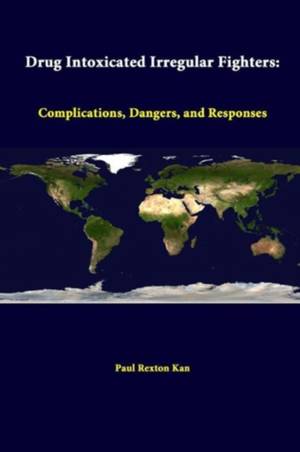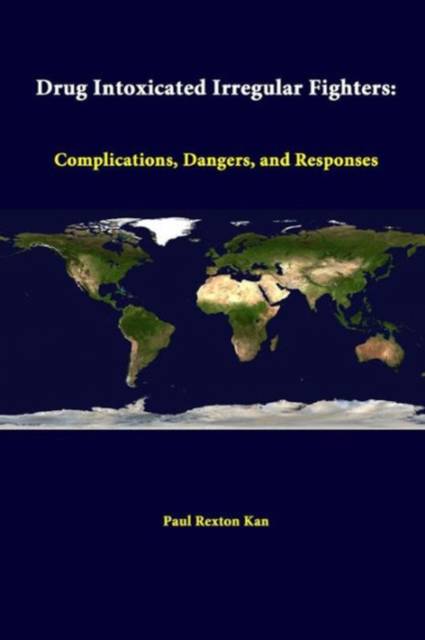
- Afhalen na 1 uur in een winkel met voorraad
- Gratis thuislevering in België vanaf € 30
- Ruim aanbod met 7 miljoen producten
- Afhalen na 1 uur in een winkel met voorraad
- Gratis thuislevering in België vanaf € 30
- Ruim aanbod met 7 miljoen producten
Zoeken
Drug Intoxicated Irregular Fighters
Complications, Dangers, And Responses
Paul Rexton Kan
Paperback | Engels
€ 21,45
+ 42 punten
Omschrijving
The presence of drugged fighters is not unknown in the history of warfare. Yet widespread drug use on the battlefield is now part of protracted conflicts largely fought by nonprofessional combatants that take place in an international system characterized by the process of globalization. From marijuana, khat, hallucinogenic mushrooms, cocaine, heroin, and methamphetamine to looted pharmaceuticals, irregular fighters have found a ready supply of narcotics to consume for a variety of combat purposes. Such consumption has led to unpredictable fighting, the commission of atrocities, and to the prolongation of internal violence. The presence of intoxicated combatants will continue to be a feature of armed conflict and requires a fuller accounting to adequately prepare policymakers and military planners for future conflicts.
Specificaties
Betrokkenen
- Auteur(s):
- Uitgeverij:
Inhoud
- Aantal bladzijden:
- 52
- Taal:
- Engels
Eigenschappen
- Productcode (EAN):
- 9781312285507
- Verschijningsdatum:
- 17/06/2014
- Uitvoering:
- Paperback
- Formaat:
- Trade paperback (VS)
- Afmetingen:
- 152 mm x 229 mm
- Gewicht:
- 90 g

Alleen bij Standaard Boekhandel
+ 42 punten op je klantenkaart van Standaard Boekhandel
Beoordelingen
We publiceren alleen reviews die voldoen aan de voorwaarden voor reviews. Bekijk onze voorwaarden voor reviews.











